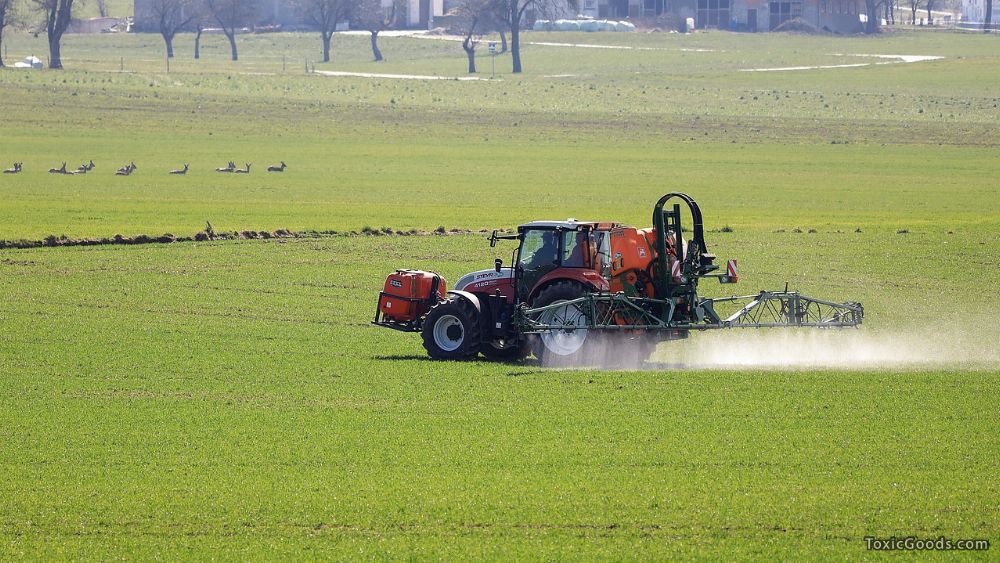Pesticides Toxicity: The Invisible Threat
That shiny, blemish-free apple in your grocery store likely contains traces of chemicals designed to kill living organisms—and your body can’t tell the difference between pests and people when it comes to pesticide toxicity. Modern agriculture relies heavily on synthetic pesticides, with wheat crops alone receiving an average of 5-7 different chemical treatments before becoming flour. What begins as a spray in the field ends up in our bread, beer, and breakfast cereals, creating a toxic burden that accumulates in our bodies over time.
Farm workers bear the brunt of exposure, showing pesticide levels 150 times higher than average consumers. But through the food chain, these chemicals reach all of us—I’ve tested urban office workers with measurable levels of agricultural pesticides in their blood, despite never having set foot on a farm. The scariest part? Many of these compounds persist in the environment for decades, creating what scientists call a “toxic legacy” in our soil and water.
How Pesticides Invade Our Lives
 Pesticides don’t stay where they’re sprayed. Through a process called “pesticide drift,” chemicals applied to crops can travel up to 15 miles through the air. I’ve documented cases where:
Pesticides don’t stay where they’re sprayed. Through a process called “pesticide drift,” chemicals applied to crops can travel up to 15 miles through the air. I’ve documented cases where:
- School playgrounds near farms showed pesticide residues on surfaces
- Organic farms became contaminated from neighboring conventional fields
- Rainwater contained measurable levels of agricultural chemicals
The food industry uses pesticides most heavily on:
- Wheat crops (especially glyphosate as a drying agent)
- Fruits with edible skins (apples, grapes, berries)
- Leafy greens (spinach, kale, lettuce)
- Coffee and tea (some of the most heavily sprayed crops)
What Pesticides Do to the Human Body
Acute Exposure (Farm Workers & Accidents):
- Immediate nausea, vomiting, and diarrhea
- Chemical burns on skin and eyes
- Neurological symptoms like tremors and seizures
- Respiratory failure in severe cases
Chronic Low-Level Exposure (Consumers):
- Disruption of gut microbiome (linked to autoimmune diseases)
- Hormone system interference (especially thyroid function)
- Neurological damage (Parkinson’s disease connection)
- Increased cancer risk (lymphoma, breast, prostate)
Children are particularly vulnerable. Studies show kids with high pesticide exposure have:
» Lower IQs (by an average of 7 points)
» Higher rates of ADHD and autism spectrum disorders
» Weakened immune systems
The Environmental Catastrophe
Pesticides create a ripple effect through ecosystems:
- Soil microorganisms (the foundation of fertility) are decimated
- Pollinators like bees navigate poorly and lose immunity to disease
- Aquatic life suffers from runoff—frogs develop extra limbs
- Predators (birds, bats) die from eating contaminated insects
The wheat industry’s reliance on glyphosate has created another problem—”green deserts” where nothing grows except the crop, not even weeds or insects. This monoculture approach destroys biodiversity and makes crops more vulnerable to disease.
Reducing Your Exposure
While we can’t avoid pesticides completely, we can reduce risks:
Food Choices:
✔ Buy organic wheat products (especially bread and pasta)
✔ Peel conventionally grown fruits when possible
✔ Wash produce with baking soda (proven more effective than water alone)
✔ Diversify grains (try less-sprayed options like quinoa or millet)
Home & Garden:
- Never use “weed and feed” lawn products
- Choose integrated pest management for gardens
- Leave shoes at the door (prevents tracking in pesticides)
- Filter drinking water (pesticides contaminate many water supplies)
Advocacy:
- Support pesticide buffer zones near schools
- Push for glyphosate phase-outs in your community
- Demand better pesticide testing from food manufacturers
Pesticide Properties & Health Effects
| Pesticide | Used On | Half-Life in Soil | Human Health Effects | Ecological Impact |
|---|---|---|---|---|
| Glyphosate | Wheat, soy | Up to 197 days | Probable carcinogen, gut damage | Monarch butterfly decline |
| Chlorpyrifos | Fruits, nuts | 30-120 days | Neurodevelopmental harm | Bird eggshell thinning |
| Neonicotinoids | Corn, cotton | 1-3 years | Immune suppression | Colony collapse disorder |
| Atrazine | Corn, sugarcane | 150 days | Hormone disruption | Frog hermaphroditism |
References and Sources
- Environmental Working Group – Dirty Dozen
Annual list of most pesticide-contaminated produce
URL: https://www.ewg.org/foodnews/dirty-dozen.php - Journal of Agricultural and Food Chemistry
Studies on pesticide residues in wheat products
URL: https://pubs.acs.org/journal/jafcau - Pesticide Action Network International
Research on health and environmental impacts
URL: https://www.panna.org - CDC – National Biomonitoring Program
Data on pesticide levels in human populations
URL: https://www.cdc.gov/biomonitoring
